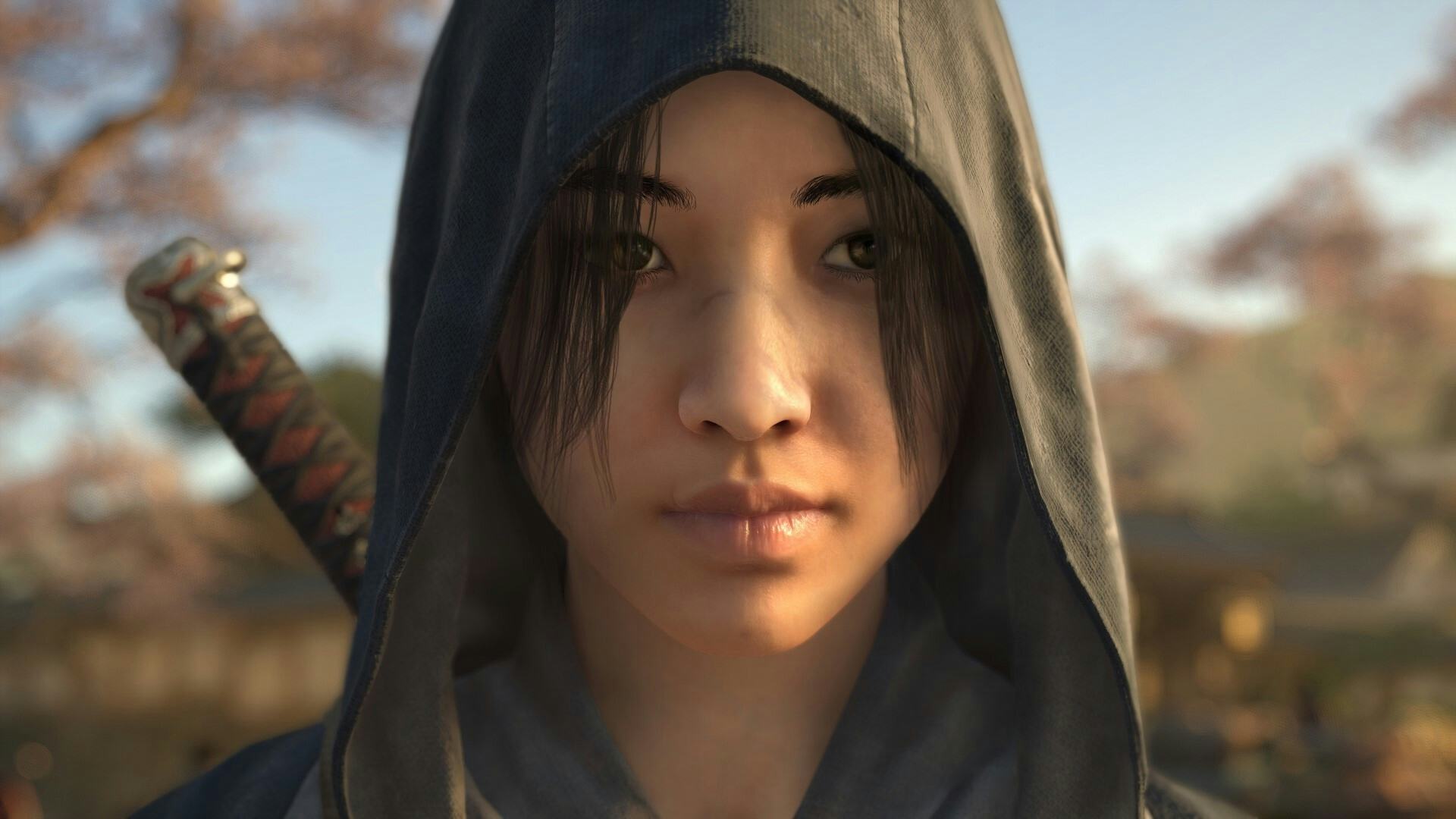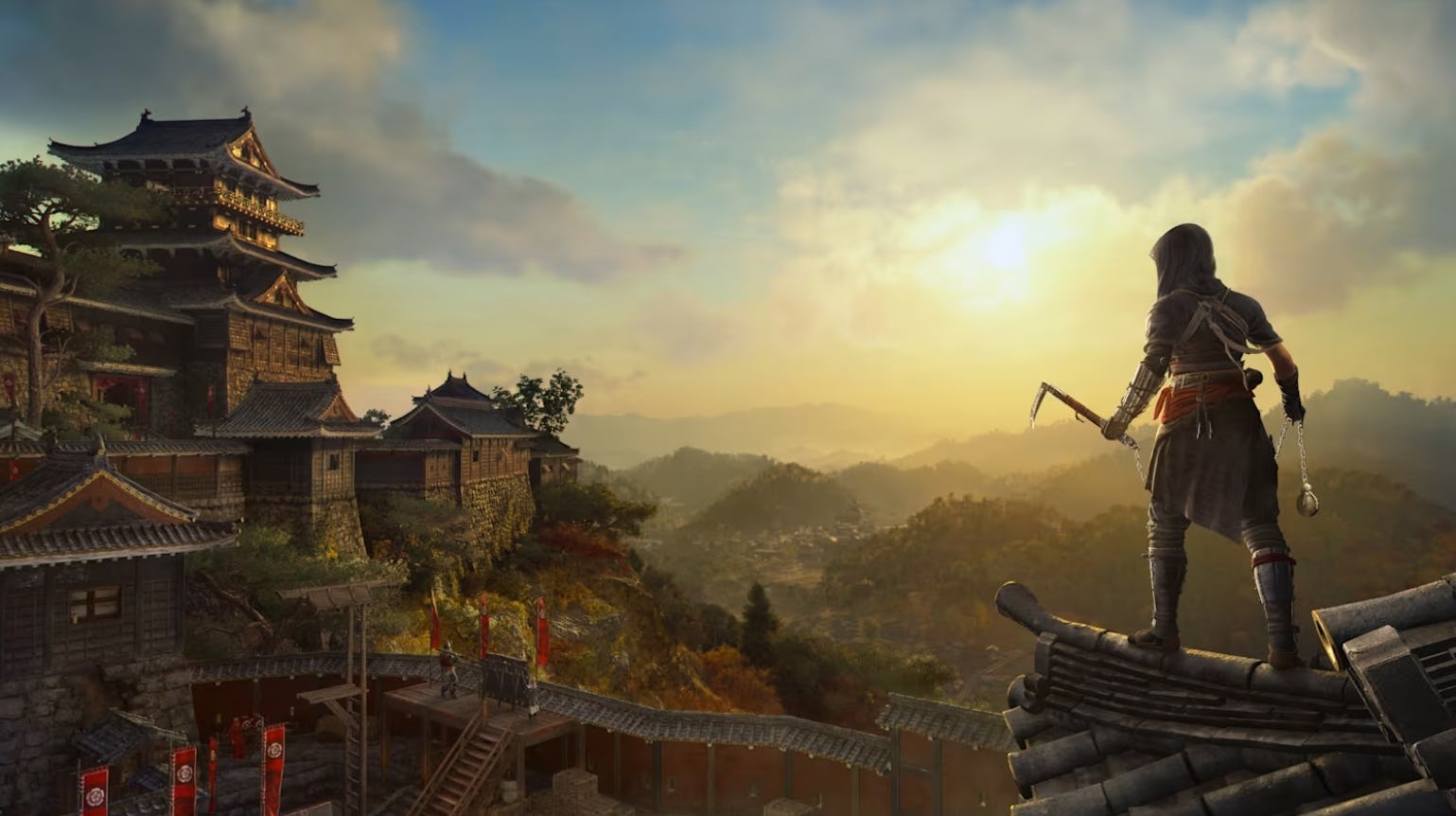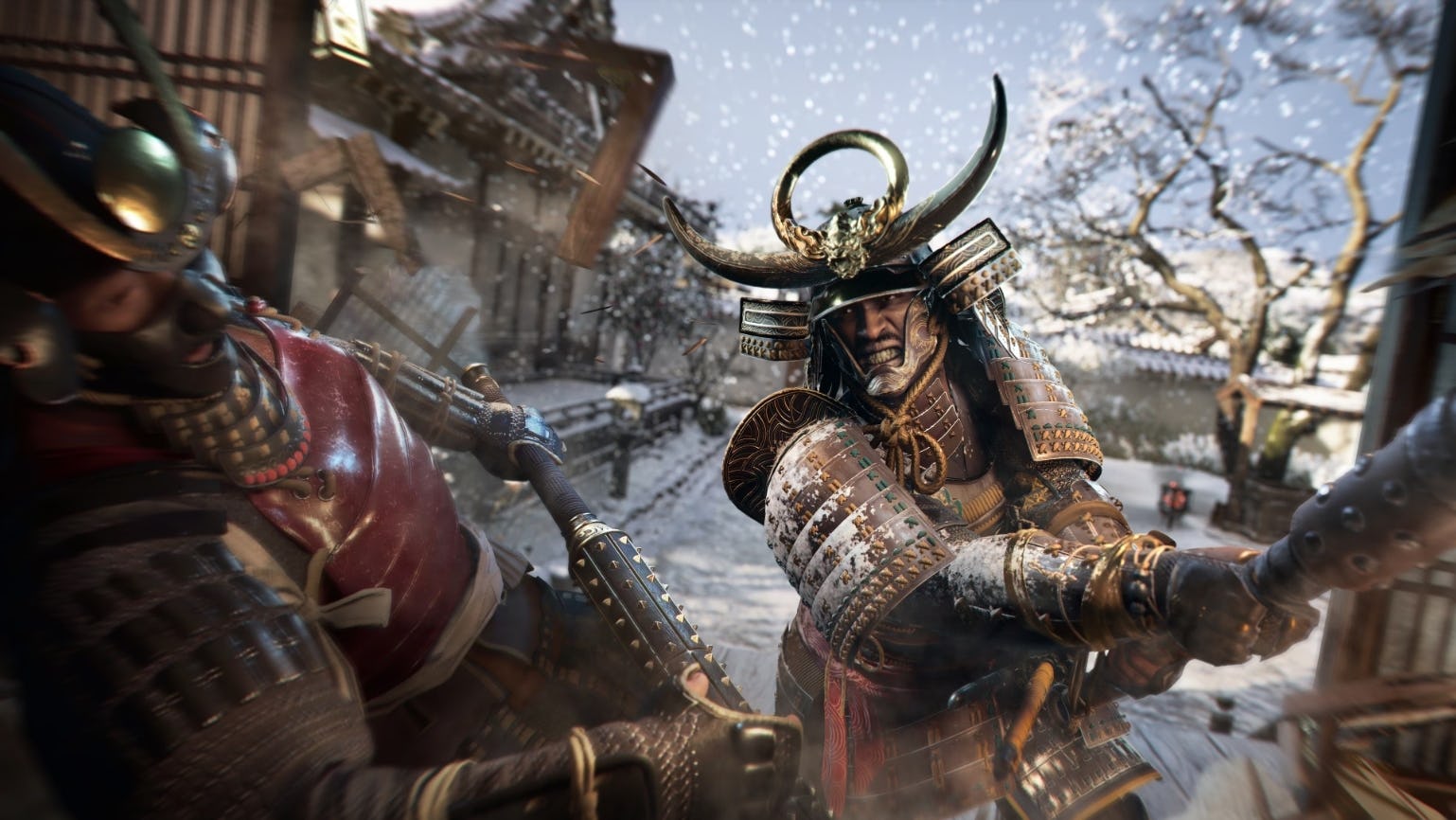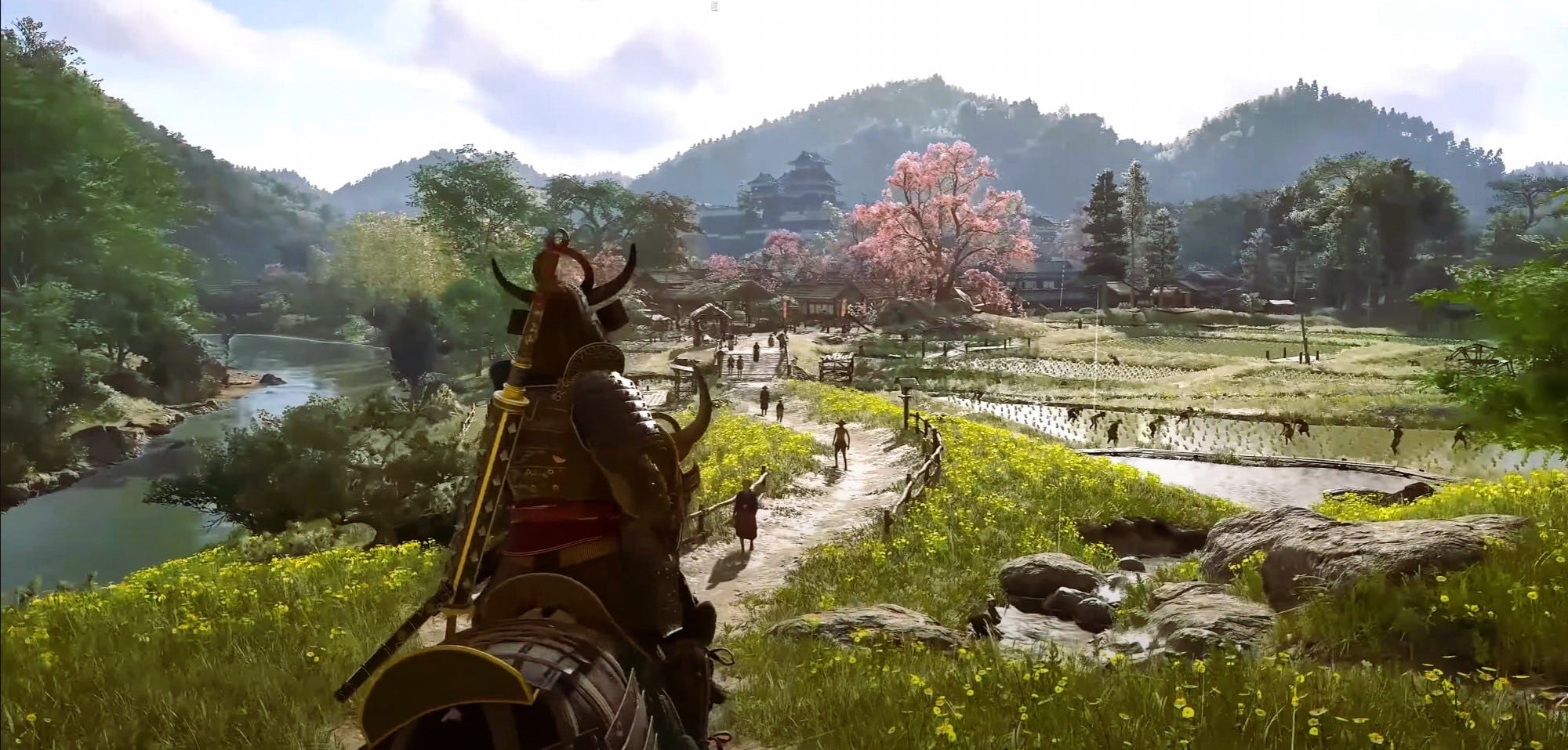
There’s a lot riding on Assassin’s Creed Shadows. Not only is its publisher, Ubisoft, on the backfoot due to consecutive underwhelming releases, but the series is amid an identity crisis. Seven years after becoming a Witcher 3-style RPG, the fanbase is understandably split between those who appreciate the focus on exploring vast, level-gated lands and those who miss the traditional hijinks in historical urban sprawls.
In March, Shadows has the unenviable responsibility of trying to please both audiences. Thankfully, after playing for four hours, I’m pleased to report that developer Ubisoft Quebec has threaded this precarious needle, making some bold design decisions that stick the landing more often than bungling it.
If you are somehow unaware, Assassin’s Creed Shadows is the next mainline Assassins game, one that finally brings the franchise to Feudal-era Japan. It’s a historical setting that fans have been begging for since the late 2000s, and while it feels a little late after Ghosts of Tsushima stole the thunder in 2020, Shadows’ setting lives up to the series’ well-established standard. Japan is breathtaking in Shadows, with its architecture, dense forests, and sweeping vistas of distant hilly lands all a joy to look at. Most importantly, it roused my desire to explore what could be out there. As someone who enjoyed Assassin’s Creed’s brand of cross-continental exploration first introduced in 2017’s Origins, Shadows stirred a similar excitement.

Paired with this impeccable sense of place is its portrayal of late 16th-century Japan. The country’s culture and conflicts shine both during exploration and in its well-directed cutscenes. Cinematics like the ones introducing co-protagonist Yasuke, the towering slave-turned-samurai, helped immerse me in the customs and intrigue of the era. When strolling through rural villages as shinobi Naoe, watching men, women, and children complete errands and chat with each other further transported me. Every square inch of Shadows' open world helped me, someone who’s less interested in this particular period, jump on board for the adventure.
I spent the majority of my play session as the stealthy Naoe, finding her speed and nimbleness more appealing than Yasuke’s lumbering, combative style reminiscent of Vahalla’s Eivor. Players choose who they want to play at a whim (there’s a swap option in the pause menu), which essentially lets them decide between the series’ two identities.
As Naoe, all of the staples of classic Assassin’s Creed felt great. Sneaking through enemy settlements feels like a huge improvement over the half-step of 2023’s Assassin’s Creed Mirage. Naoe moves quickly and is more versatile than any of her predecessors; her ability to go prone and use a grappling hook to quickly bridge gaps and scale roofs gives players more options than ever. Enemies are also smarter, meaning you’ll rely less on exploiting brain-dead patrol patterns and more on tools and wits, and the added dimension of environmental lighting affecting how easily players are detected feels like a natural evolution of the series. Shadows has the most fun stealth mechanics in the series since Assassin’s Creed Syndicate.

Similarly, parkour feels like a significant upgrade over Mirage. Naoe doesn’t pause between jumps, nor does she need to gain momentum for nearly as long as Basim did in the 2023 game. Ironing over these kinks allows parkour chains to look and feel nearly as fluid as in Assassin’s Creed Unity. Players also have more control over Noae, as you can leap over objects or roll after landing a jump with a press of a button. While neither of these mechanics are mandatory, they add some much-needed depth to traversal and chases.
While it was a blast to play Naoe, her co-lead is a total power fantasy. Yasuke can barrel through walls and structures, and his more combat-focused approach allows Shadows’ fighting system to shine. Yasuke is hefty and surefooted, and his strikes are impactful, making foes react to every blow. The rhythm of combat is dictated by dodges and parries, another example of Shadows’ dogged faithfulness to past fan-favorite Assassin’s Creed games. I loved the feel of combat, but I have a strong feeling it will be the game’s most divisive element.
Regardless of who you play, exploration will be your primary task, and it’s here that Shadows impressed me the most. Exploration is the least guided it’s been in the series, making the player rely on what they observe and can pick up from the environment. Missions often guide you toward a general area on the minimap and require the player to walk around and find the contact, object, or location in question. This did take some getting used to; I found myself constantly checking the map in my pause menu. But it's a design choice that shows the series is finally ready to trust the player’s intelligence, which does a lot for immersion and incentivizes you to pay attention to the stakes of the mission.

Speaking of stakes, several quests allowed for different solutions. While dialogue trees are nothing new for Assassin’s Creed, they had actual consequences here. During one missing that saw me tracking down the whereabouts of a missing woman, I accused her husband of being involved, which resulted in a massive brawl that I lost. On my second try, I simply informed the guy that his wife was missing, and that evidence pointed to him. He met my measured approach by offering his cooperation and a new lead.
To my surprise, the same minor character showed up two hours later to fight alongside me during a castle siege. A Ubisoft representative confirmed that had I gone through with my blunt accusation, he wouldn’t have been there to lend a hand.
In another example of my decisions affecting how a mission played out, I had to find the source of smuggled goods on behalf of an ally; while I could have fought a group of traders involved in their transport, my decision to calmly walk up to them allowed me to start a conversation. I carefully lied my way through a series of questions using context I got from my ally, and talked the crew into giving up what they knew without shedding any blood. These weren’t static decisions prompted by choosing the good or bad path with a press of a button, but seamless, dynamic situations that reacted to my agency as a player. For the first time, Assassin’s Creed felt more like an immersive sim than I expected.
I’m not sure if these decisions will impact the game’s ending, but they added weight to how I approached missions, and they were easily the most pleasant surprise of the entire demo.
The best thing I can say about Assassin’s Creed Shadows is that I came away itching to play more. The game’s delay out of 2024 may have been disappointing, but it's clear Ubisoft Quebec used this time wisely, as Shadows seems to be the perfect marriage of Assassin’s Creed's past and present. It’s also a much-needed shake-up and course correction from the so-called Ubisoft open-world-formula people seem to be sick of. Shadows is a promising open-world adventure, and you should be as excited as I am to see more of it.







